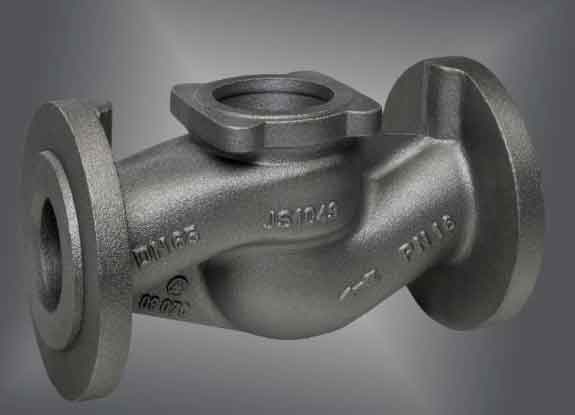Manufacturing high-quality gray iron castings requires careful attention to several critical factors throughout the production process. Here are some key secrets to achieving excellence in gray iron casting:

- Raw Material Selection: Start with high-quality raw materials, including pig iron, scrap metal, and alloys. The composition of the melt influences the microstructure and mechanical properties of the final casting.
- Melting and Alloying: Use modern melting furnaces and strict alloying practices to ensure a consistent and controlled melt. Proper alloying helps achieve the desired properties and reduces the risk of defects.
- Mold Design and Preparation: Invest in precision mold design to ensure accurate and repeatable castings. Carefully prepare the mold cavity to minimize defects like shrinkage and porosity.
- Mold Material and Coating: Choose the appropriate mold material and coating to improve mold life and enhance surface finish. Proper coatings help reduce metal-mold interactions and enhance the surface quality of the casting.
- Pouring and Gating System: Control the pouring process and use well-designed gating systems to ensure a steady and smooth flow of molten metal into the mold. Proper gating reduces turbulence and helps eliminate defects like entrapped air.
- Solidification Control: Implement techniques to control the solidification process, such as chills or risers, to promote directional solidification and minimize the formation of defects.
- Heat Treatment: Apply appropriate heat treatment processes to achieve the desired mechanical properties, such as hardness and tensile strength.
- Post-Casting Processes: Employ careful cleaning, grinding, and finishing techniques to remove any casting imperfections and achieve the desired surface finish.
- Quality Control and Inspection: Implement rigorous quality control and inspection procedures throughout the casting process to detect defects early and ensure adherence to specifications.
- Continuous Improvement: Embrace a culture of continuous improvement to identify areas for enhancement and optimize the casting process further.
- Expertise and Experience: Work with skilled foundry personnel who have experience and expertise in gray iron casting. Their knowledge and understanding of the process are essential for consistent, high-quality results.
- Environmental Considerations: Implement sustainable practices in the foundry to minimize environmental impact, such as recycling scrap materials and optimizing energy usage.
By adhering to these best practices and keeping a relentless focus on quality and consistency, foundries can produce high-quality gray iron castings that meet the demanding requirements of various industrial applications.
